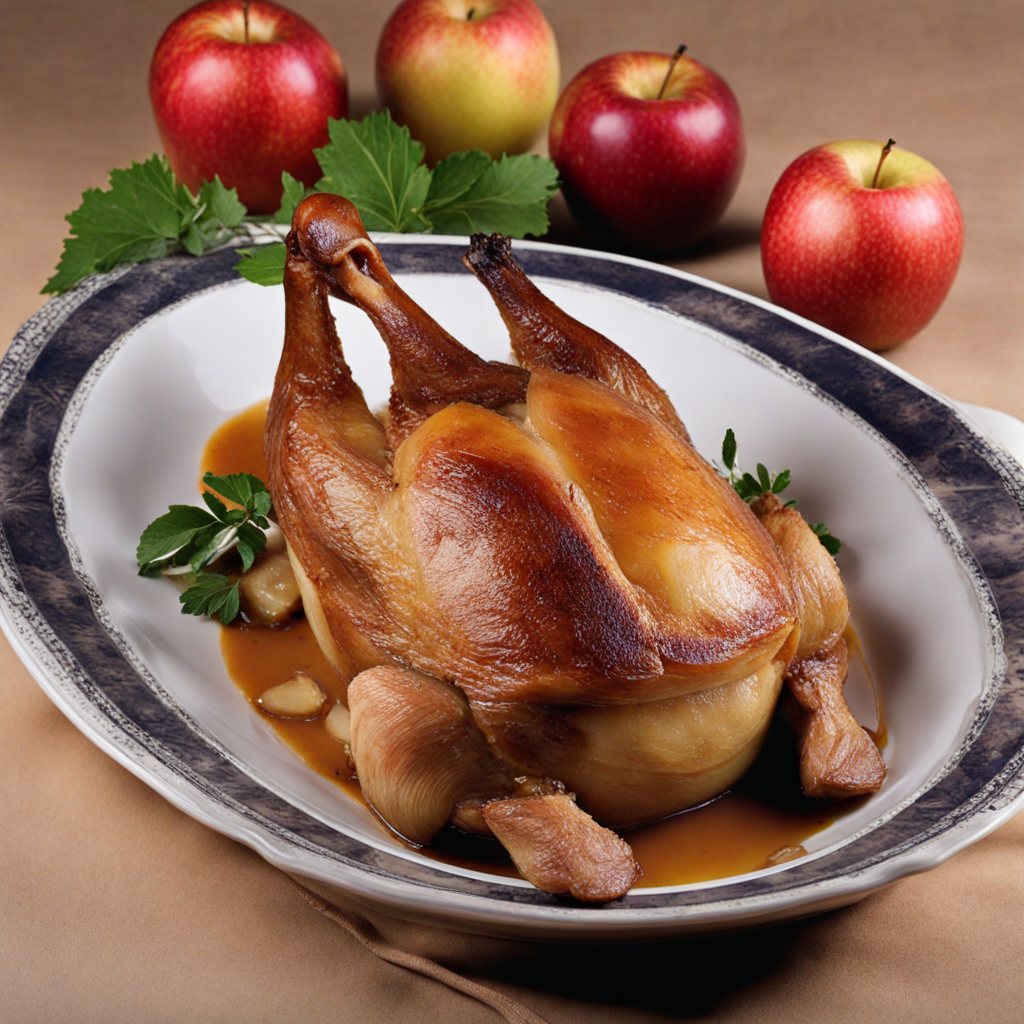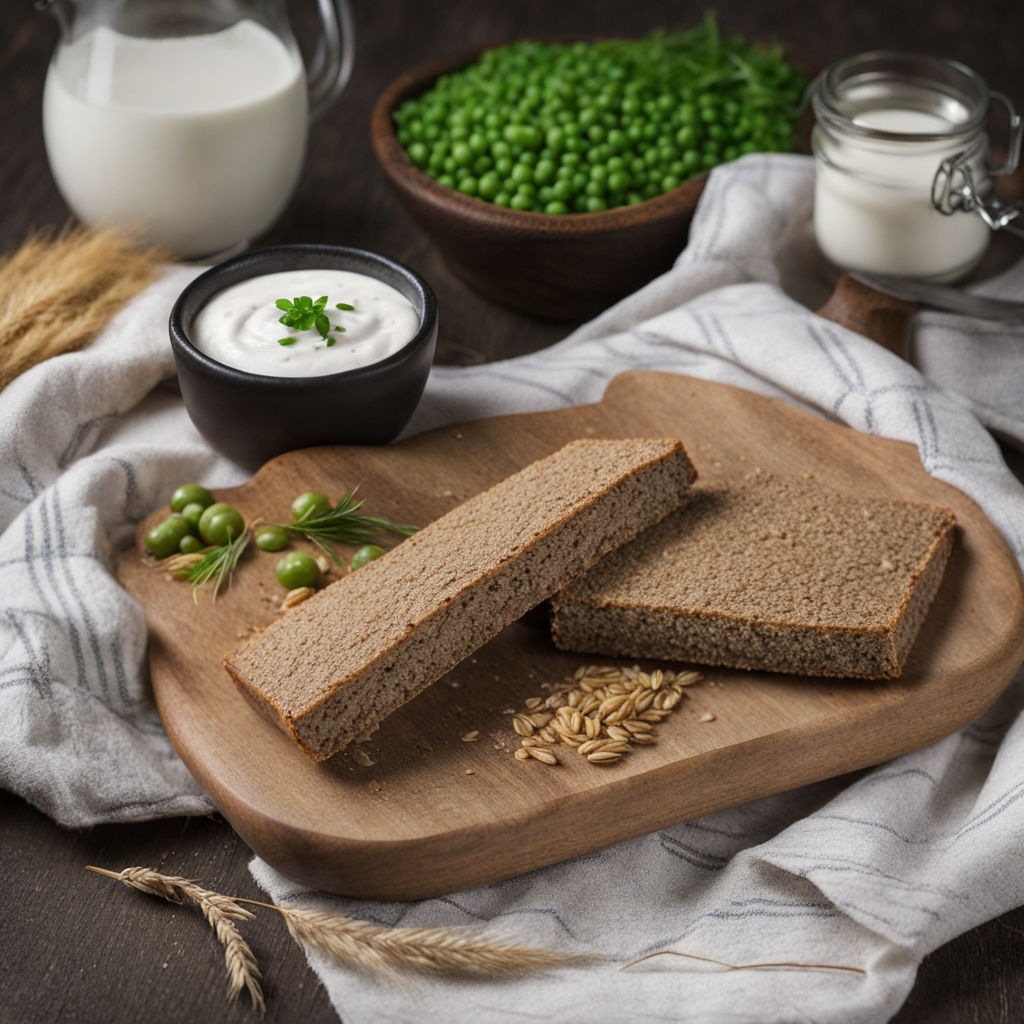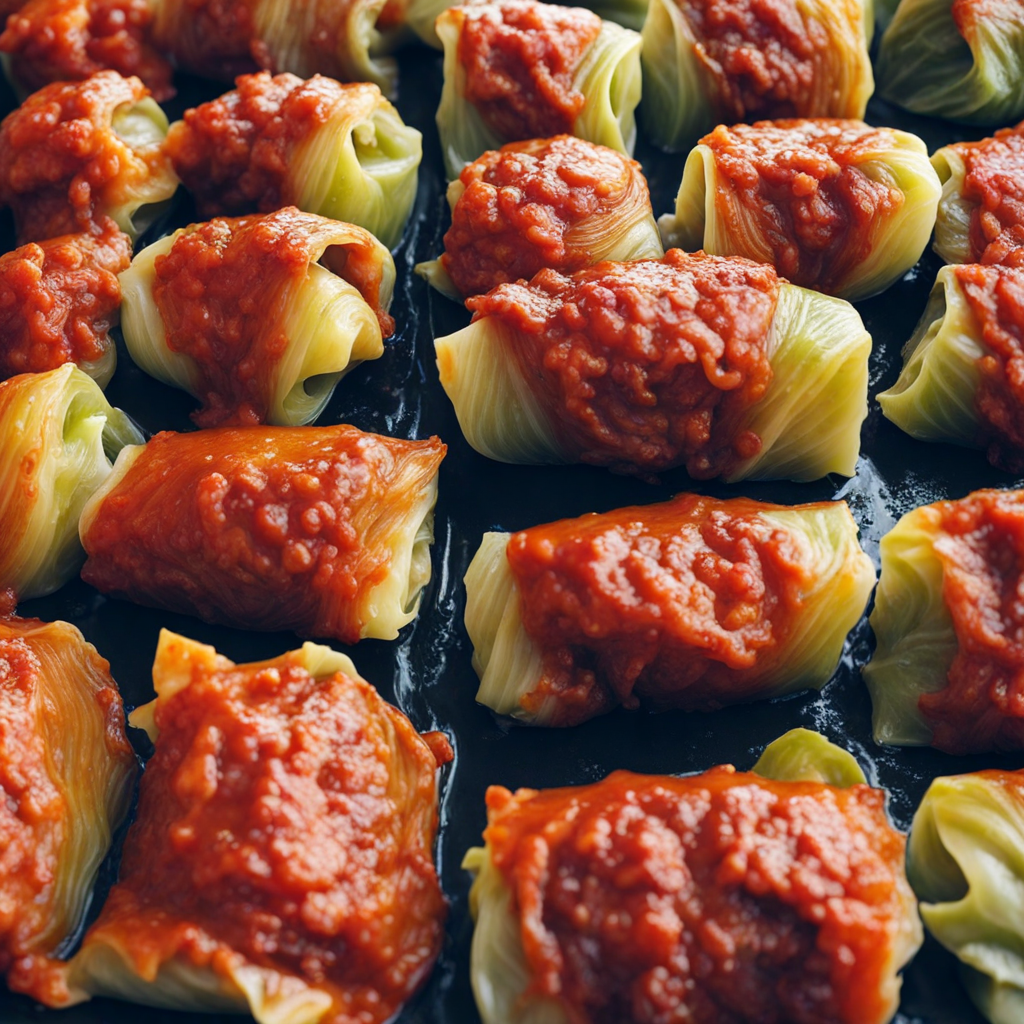Estonian Pancakes
Estonian Pancakes, known as "Kohupiimapannkoogid," are a delightful treat that showcases the rich culinary heritage of Estonia. These pancakes are typically thin and crepe-like, made from a simple batter of flour, milk, eggs, and a touch of sugar. What sets them apart is the addition of quark, a type of fresh cheese that adds a creamy texture and a subtle tanginess. The pancakes are often cooked until they develop a golden-brown exterior, providing a delicious contrast to the soft and fluffy interior. Served warm, Estonian Pancakes can be enjoyed in various ways, making them an adaptable dish for any meal of the day. Traditionally, they are topped with a dollop of sour cream or a generous spoonful of berry jam, such as lingonberry or blueberry, which complements the mild flavor of the pancakes beautifully. For a heartier option, they may be filled with sweetened cottage cheese, fruits, or even savory ingredients like smoked salmon and herbs, showcasing the versatility of this beloved dish. The experience of enjoying Estonian Pancakes is not just about the taste; it is a celebration of Estonian culture and hospitality. Whether you’re indulging in them during a cozy breakfast or savoring them at a festive gathering, these pancakes evoke warmth and comfort. The simplicity of the ingredients combined with the delightful flavors makes Estonian Pancakes a must-try for anyone looking to explore the unique tastes of Estonia.
How It Became This Dish
The Culinary Journey of Pannkoogid: An Estonian Delight Pannkoogid, the delectable Estonian pancakes, are a beloved staple that has traversed time and tradition, offering a delicious glimpse into the country's rich culinary heritage. These thin, crepe-like pancakes have evolved from simple peasant fare to a cherished dish that represents Estonian culture and conviviality. #### Origins: A Simple Beginning The roots of pannkoogid can be traced back to the agricultural practices of ancient Estonian farmers. In a land where barley, rye, and potatoes were staples, the need for versatile and filling food was paramount. The concept of flatbreads and pancakes is not unique to Estonia; variations of this humble dish can be found across many cultures. However, Estonian pannkoogid are distinct in their preparation and flavor. The earliest recipes for pancakes in Estonia likely emerged in the 18th century, influenced by neighboring cultures, particularly the German and Scandinavian culinary traditions. The word "pannkoogid" itself derives from "panna," meaning "to fry," and "koogid," meaning "cakes." This highlights the dish's method of preparation: frying a simple batter made from flour, milk, and eggs in a pan. #### Ingredients and Preparation Traditional pannkoogid are made from a basic batter consisting of wheat flour, milk, eggs, and a pinch of salt. Some recipes add sugar for sweetness or baking powder for fluffiness, but the simplicity of the ingredients allows for creativity in serving. The batter is poured onto a hot, greased skillet, cooked until golden brown on both sides, and then served hot. The versatility of pannkoogid is one of the reasons for their enduring popularity. While they are commonly enjoyed as a breakfast item, they can also be served as a dessert or a light meal. Sweet toppings include jam, honey, or fresh berries, while savory fillings might involve cheese, mushrooms, or meat, reflecting the agricultural bounty of Estonia. #### Cultural Significance Pannkoogid hold a special place in the hearts of Estonians, often associated with family gatherings, celebrations, and community events. They are a popular dish during festivals and holidays, symbolizing hospitality and the warmth of home. In Estonian culture, food is a bridge connecting generations, and the act of making pannkoogid is often a shared family tradition. During the colder months, when fresh produce is scarce, pannkoogid serve as a comforting dish, providing warmth and sustenance. The pancakes can be easily adapted to include seasonal ingredients, making them a year-round favorite. For instance, during summer, fresh berries and fruits are abundant, while in winter, the addition of hearty fillings such as potatoes or sauerkraut is common. Pannkoogid also reflect Estonia's historical journey through various occupations and influences. The simplicity of the dish and the ease of preparation made it a staple during times of hardship, especially during the Soviet era when food scarcity was common. It has become a symbol of resilience, representing the ability to make hearty meals from limited resources. #### Development Over Time As Estonia emerged from Soviet rule in the early 1990s, there was a resurgence of interest in traditional foods and culinary heritage. This revival of interest coincided with Estonia’s independence and a newfound pride in national identity. Pannkoogid, with their deep-rooted history, became emblematic of this cultural renaissance. Modern Estonian chefs have embraced the traditional pancake, experimenting with flavors and presentation while staying true to its origins. They incorporate local ingredients, from wild mushrooms to foraged herbs, showcasing the natural bounty of the Estonian landscape. Restaurants across the country now feature pannkoogid on their menus, offering both classic and innovative takes on the dish. In recent years, the rise of food tourism has also contributed to the popularity of pannkoogid. Visitors to Estonia often seek out authentic culinary experiences, and trying traditional dishes such as pannkoogid is an integral part of that journey. Food festivals celebrating Estonian cuisine have emerged, further solidifying the pancake's place in contemporary culture. #### Pannkoogid in the Global Context While pannkoogid are quintessentially Estonian, they share similarities with other international dishes, like the French crêpe or the Russian blini. These connections highlight the broader narrative of food as a cultural artifact that transcends borders. The global interest in pancakes, in general, has allowed for cross-pollination of recipes and techniques, enriching the culinary landscape. The rise of social media has also played a role in popularizing pannkoogid beyond Estonia. Food bloggers and influencers showcase the beauty of these pancakes, often sharing recipes and serving suggestions that resonate with a wider audience. This increased visibility has led to a growing appreciation for Estonian cuisine, with pannkoogid serving as a delicious entry point. #### Conclusion: A Dish of Tradition and Transformation Pannkoogid are more than just a simple pancake; they represent the heart and soul of Estonian cuisine. From their origins in rural kitchens to their place on modern restaurant menus, they have remained a symbol of comfort, tradition, and culinary innovation. The evolution of pannkoogid reflects the resilience of the Estonian people, their connection to the land, and their rich cultural heritage. As Estonia continues to assert its identity on the global stage, pannkoogid will undoubtedly play a role in that narrative, inviting people to share in the warmth of Estonian hospitality, one delicious pancake at a time. Whether enjoyed at home with family or in a bustling café, pannkoogid remain a beloved culinary treasure, bridging generations and cultures through the simple joy of good food.
You may like
Discover local flavors from Estonia







